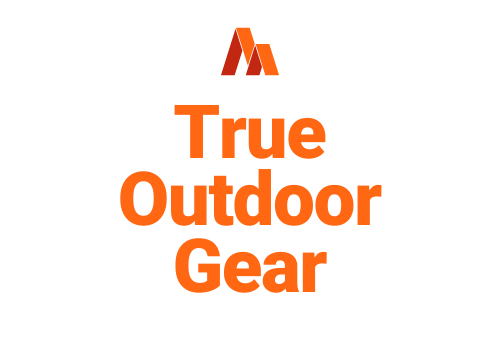Campfires have been a source of warmth, light, and comfort for humans for thousands of years. Whether you’re camping in the wilderness, sitting around a backyard fire pit, or roasting marshmallows on the beach, there’s something about the crackle of flames and the glow of embers that draws us in.
But have you ever wondered just how hot a campfire can get? The answer may surprise you.
In this article, we’ll explore the science behind campfire temperatures, including the average and internal temperatures of a fire, and what factors can affect how hot it gets.
We’ll also provide tips for building a good fire, including the best types of wood to use and how to arrange it for maximum heat output. Additionally, we’ll examine the melting points of different metals commonly used in camping cookware, and how to avoid damaging your gear when cooking over an open flame.
So whether you’re a seasoned camper or a first-time fire builder, read on to learn more about the fascinating world of campfire science.
Campfire Temperature Facts
When considering the temperature of a campfire, it is important to note that flames can reach up to 1650F (900C), while temperatures above the flames typically range around 600F (320C).
It is also essential to be cautious with aluminum cooking utensils as they may melt if exposed to direct flames due to their lower melting point of 1220F (660C). Therefore, it is advisable to keep aluminum cookware out of the direct flames and use cast-iron or stainless steel utensils for cooking on a campfire.
Additionally, the temperature of a campfire is affected by several variables, including the type of fuel used, the size of the fire, and the oxygen flow.
Green or freshly cut wood burns at a lower temperature compared to old, dry hardwood, which burns longer and hotter than softwood. Therefore, it is important to choose the right type of wood for a campfire.
In conclusion, by understanding the temperature of a campfire and its variables, one can build a good fire that is safe for cooking and enjoyable for camping.
Tips for Building a Good Fire
To build a successful fire for cooking, it is important to have a combination of fuel, air, and heat, along with tinder, kindling, and fuel. The three ingredients of a good fire are crucial to have even heat, which is necessary for cooking.
Tinder, kindling, and fuel are needed to build a fire, with old, dry hardwood being the best option for longer and hotter burns compared to softwood. Green or freshly cut wood burns at a lower temperature and is not recommended.
It is important to avoid using aluminum camping cooking utensils and cookware in direct flames, as they could melt. To start a fire without matches or a lighter, it is possible to use a firestarter, magnifying glass, or flint and steel.
When building a fire, the size of the fire, type of fuel, and oxygen flow can all affect the temperature of the campfire. Good hardwood logs burn evenly, while green or freshly cut wood burns at a lower temperature. The choice of fuel affects the temperature of the campfire, with old, dry hardwood being the best option for hotter and longer burns.
It is important to maintain even heat for cooking and avoid using aluminum cooking utensils or cookware in direct flames. By following these tips, campers can build a successful fire for cooking and enjoy their outdoor adventure.

